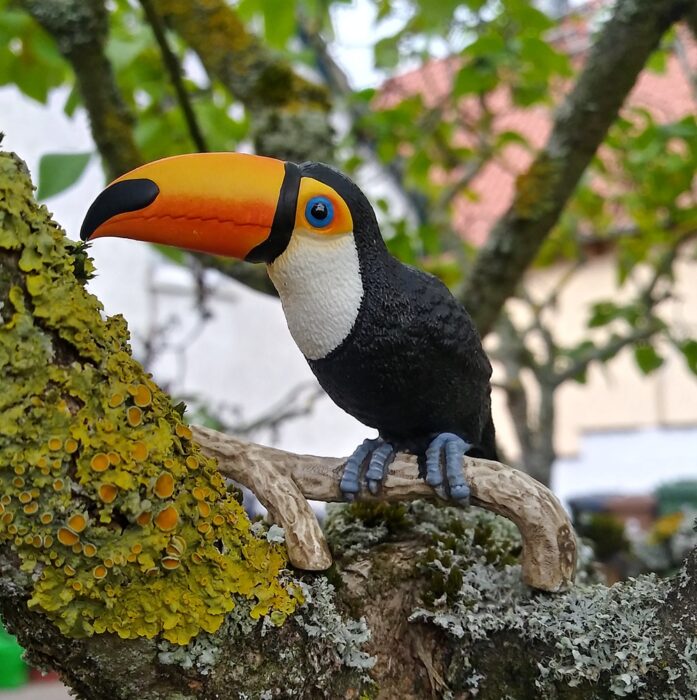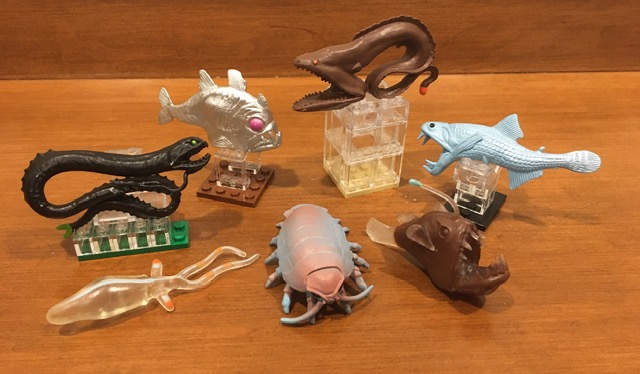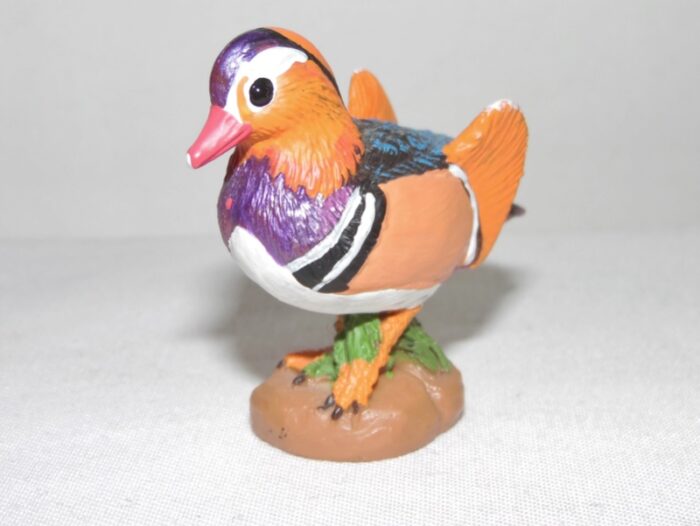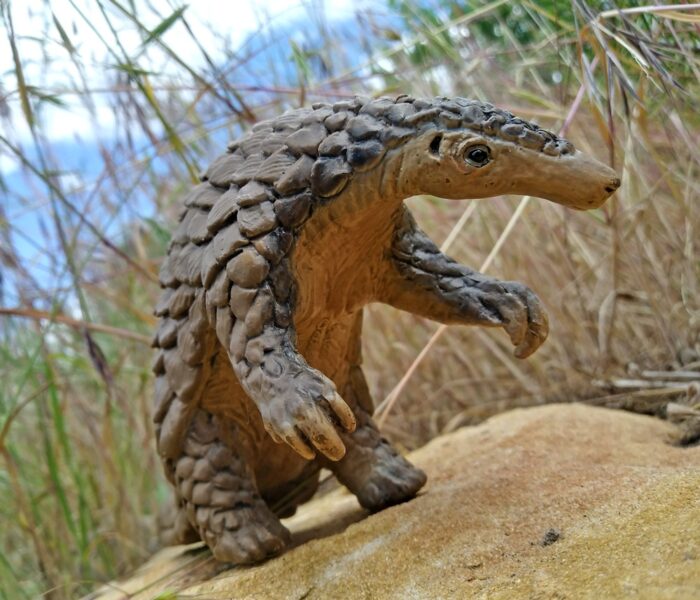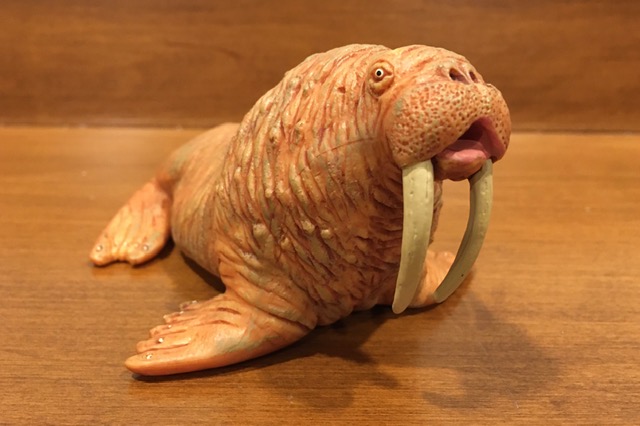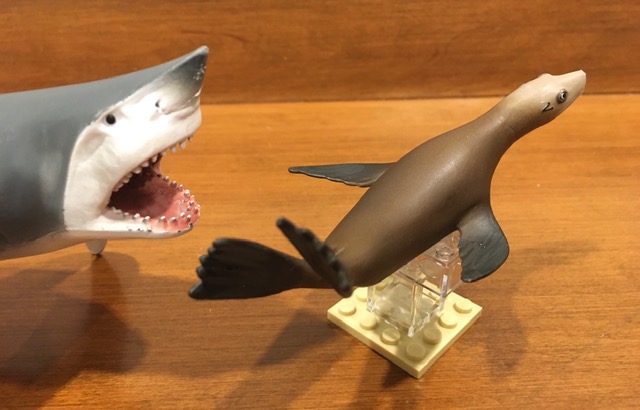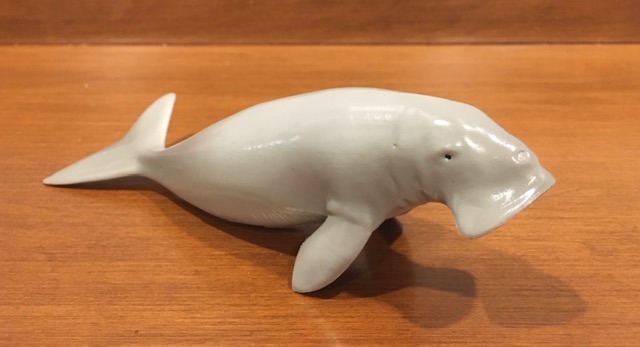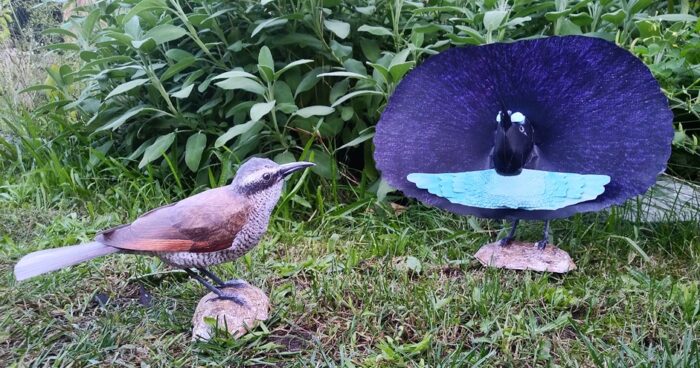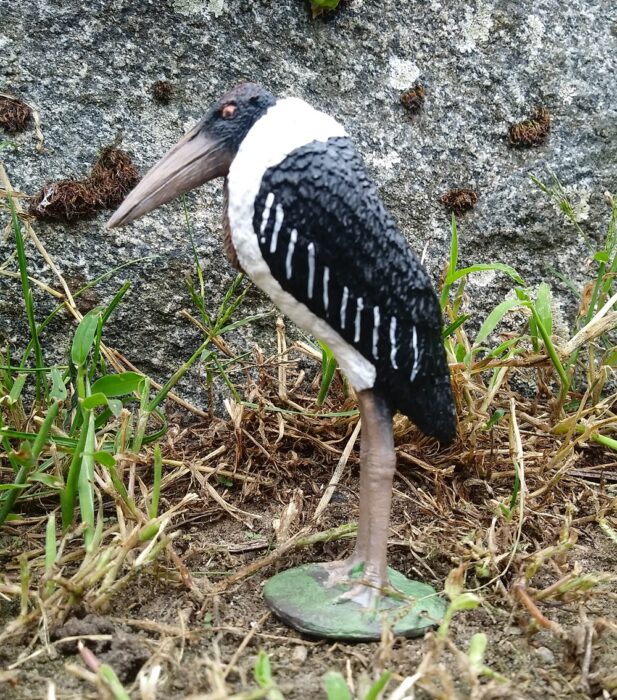Review and images by Lanthanotus; edited by bmathison1972
The giant toucan or toco toucan (Ramphastos toco) is one of those unmistakable birds almost anyone recognizes even with no ornithological background at all. There are a number of models to choose from generally, although quite a number are hard to come by and the quality is mixed.

